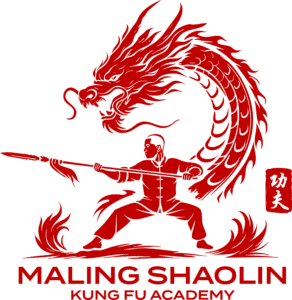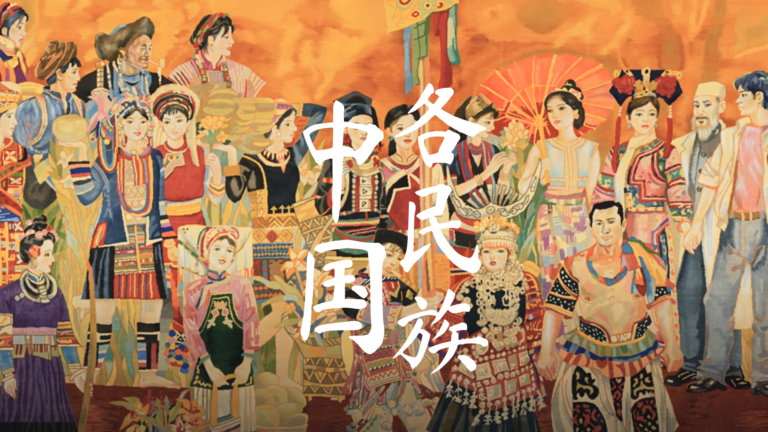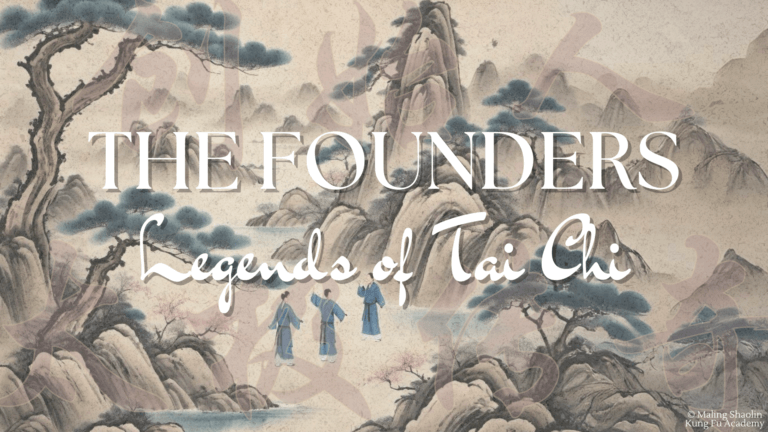Kung Fu VS Wushu: What’s the Difference?

Chinese martial arts have captivated the world with their rich history, diverse techniques, and deep philosophical underpinnings. Within this vast landscape, two terms often come up: Kung Fu and Wushu. While both are integral parts of Chinese martial traditions, they are distinct yet intertwined in their origins, purposes, usage, and practices.











